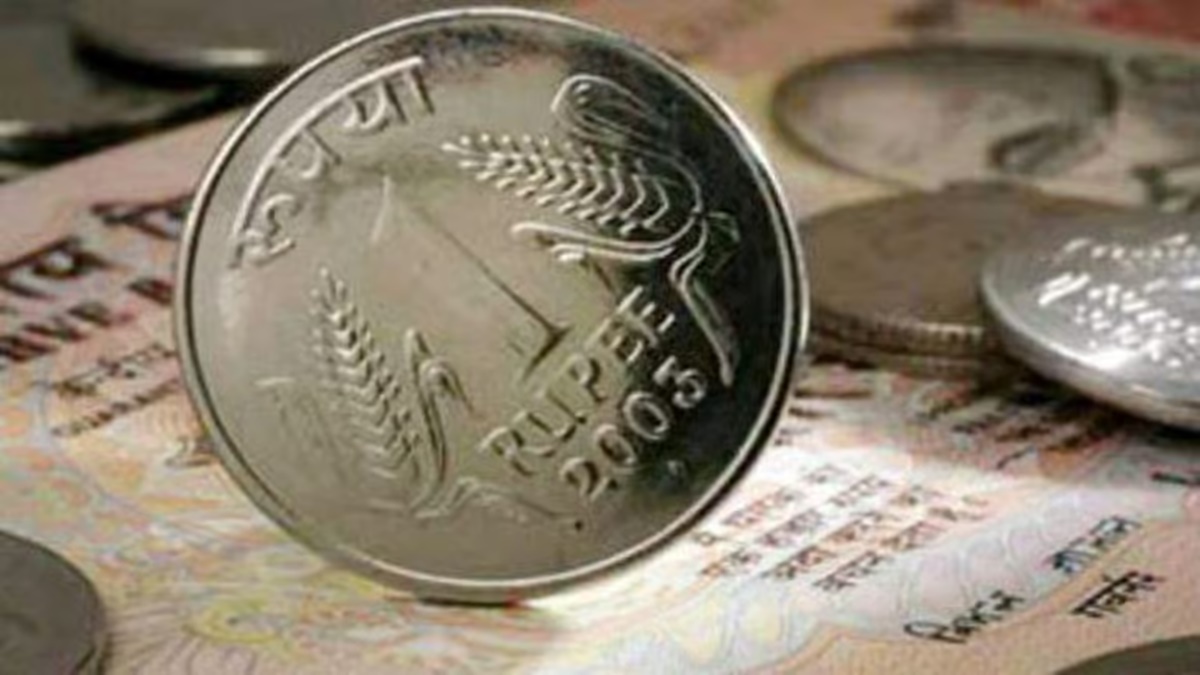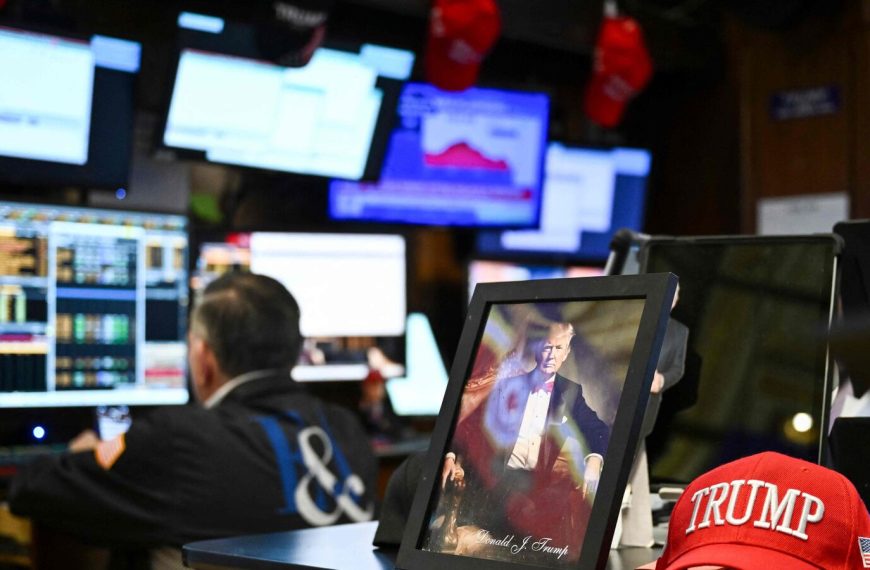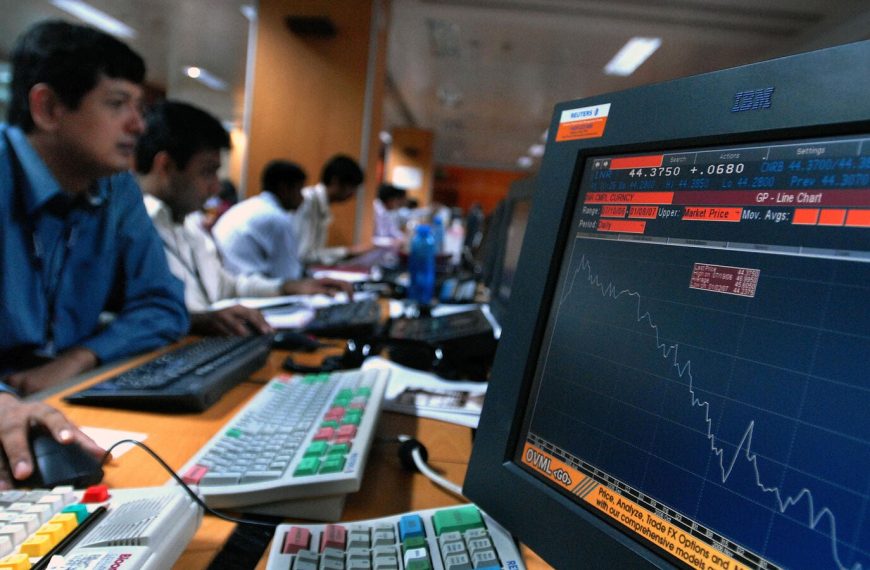On Thursday, the Indian rupee made a notable recovery, gaining 7 paise against the US dollar after experiencing a dip of nearly 25 paise earlier in the day. This rebound was largely influenced by the perception that US tariffs were not as harsh as initially anticipated. Additionally, a decline in crude oil prices and a weakening dollar index contributed to the rupee’s strengthening.
US Tariffs Influence Currency Markets
The greenback lost ground against several major currencies after President Donald Trump imposed reciprocal tariffs on approximately 60 countries. The dollar index, which tracks the performance of the US dollar against a basket of six currencies, fell by 1.65%, settling at 102.09.
Experts provide insight into the impact of these tariffs on the Indian economy. Kunal Sodhani, Vice President of Treasury at Shinhan Bank, explained, “For India, the tariffs appear relatively moderate compared to those faced by competitors like China, Vietnam, and Bangladesh. This resulted in a fleeting drop for the rupee, which later climbed back to the 85.45 level.” He emphasized the significance of the 84.80 mark as a support level for the rupee, while 85.85 stands as a key resistance point.
Comparative Analysis of Tariff Impact
India’s relatively lenient tariff situation compared to its regional counterparts, including Thailand, has positively influenced sentiment around the rupee. This perception has helped stabilize the currency amid broader market fluctuations.
At the interbank foreign exchange market, the rupee began trading at 85.7525, reaching an intraday high of 85.42 and a low of 85.765 before concluding the day at 85.44.
Future Outlook for the Rupee
Looking ahead, analysts predict that the rupee may face challenges in the medium term. Anubhuti Sahay, Head of India Economics Research at Standard Chartered Bank, noted, “In the short term, we anticipate the rupee to trade within a range due to the lesser impact of tariffs compared to other nations. However, as the positive seasonal effects from April diminish, we expect a tendency for the rupee to weaken." She also pointed out the critical monitoring of the Chinese yuan trajectory, as a depreciating yuan could exert additional pressure on the rupee, especially given the substantial size of the forwards book with the Reserve Bank of India.
In another significant development, Brent crude, the global oil benchmark, saw a steep decline of nearly 7%, falling to $70.37 per barrel during futures trading.
This dynamic interplay of tariffs, currency strength, and global oil prices continues to shape the landscape of the Indian economy, making it essential for investors and analysts to stay informed about these developments.











